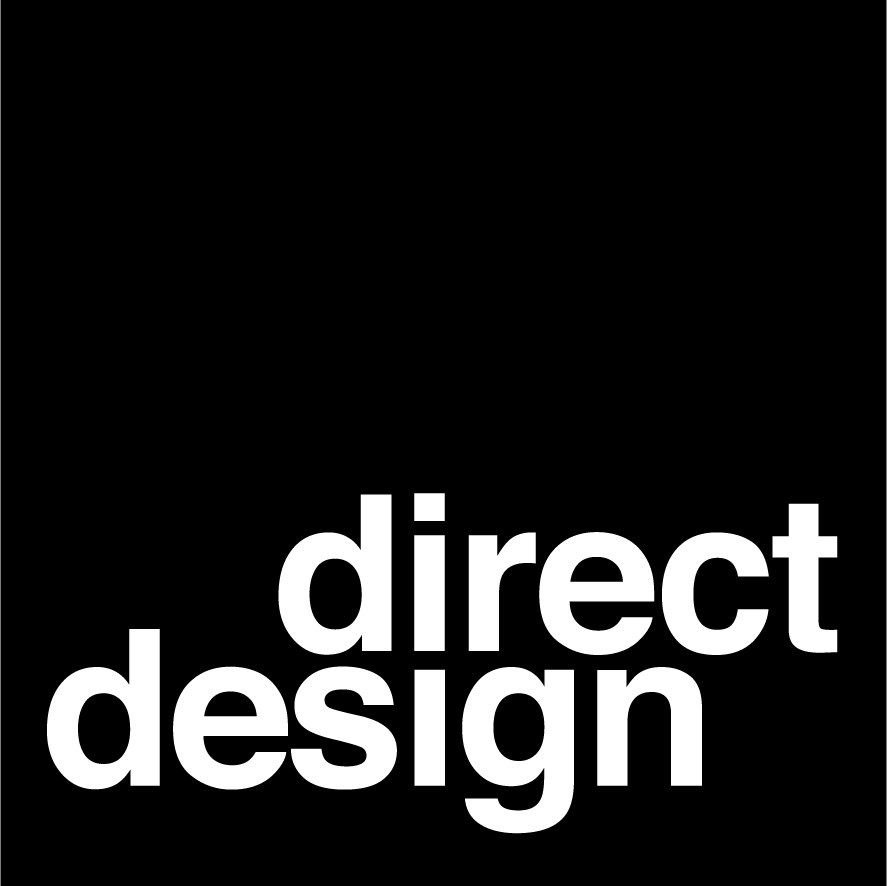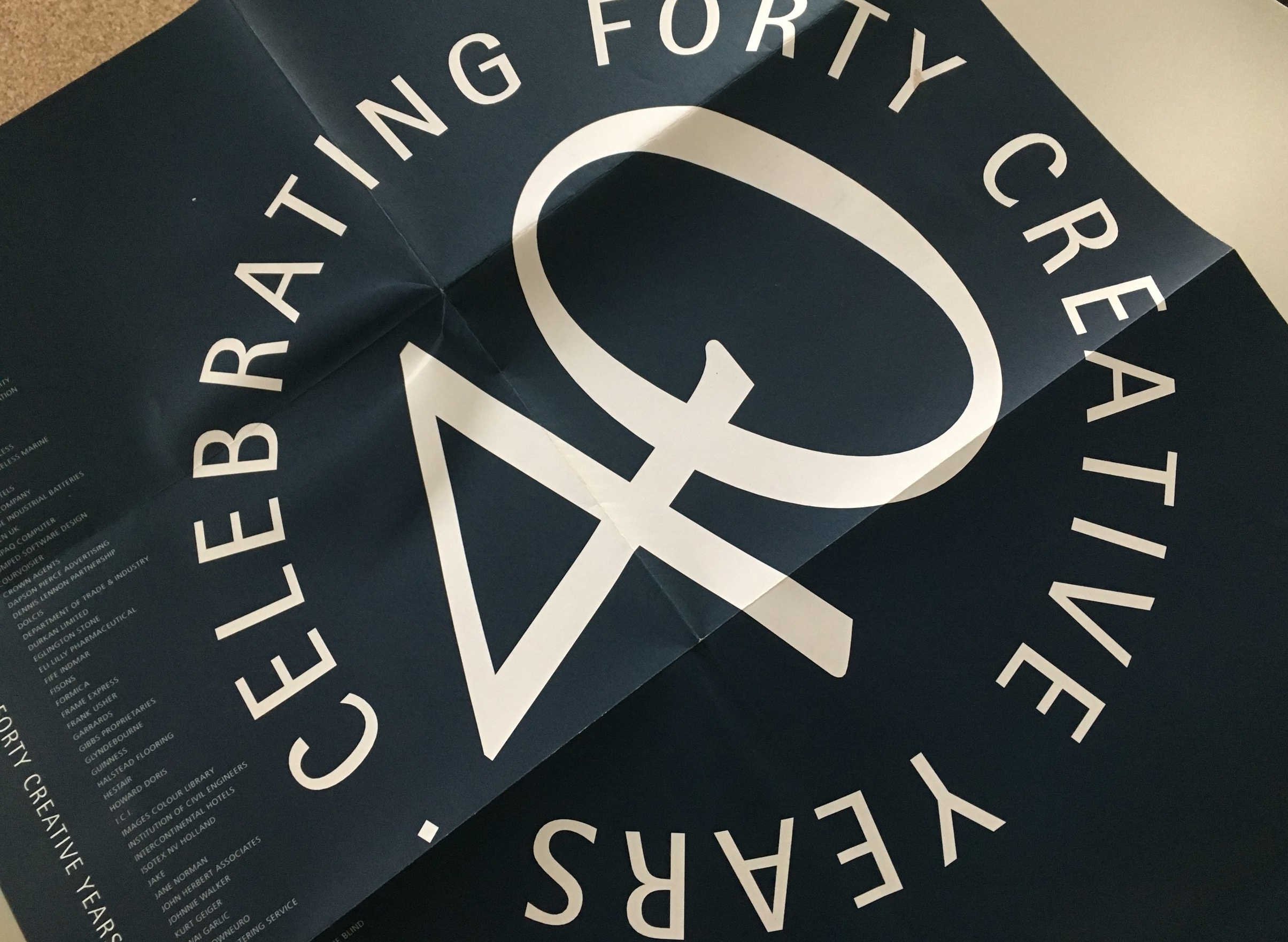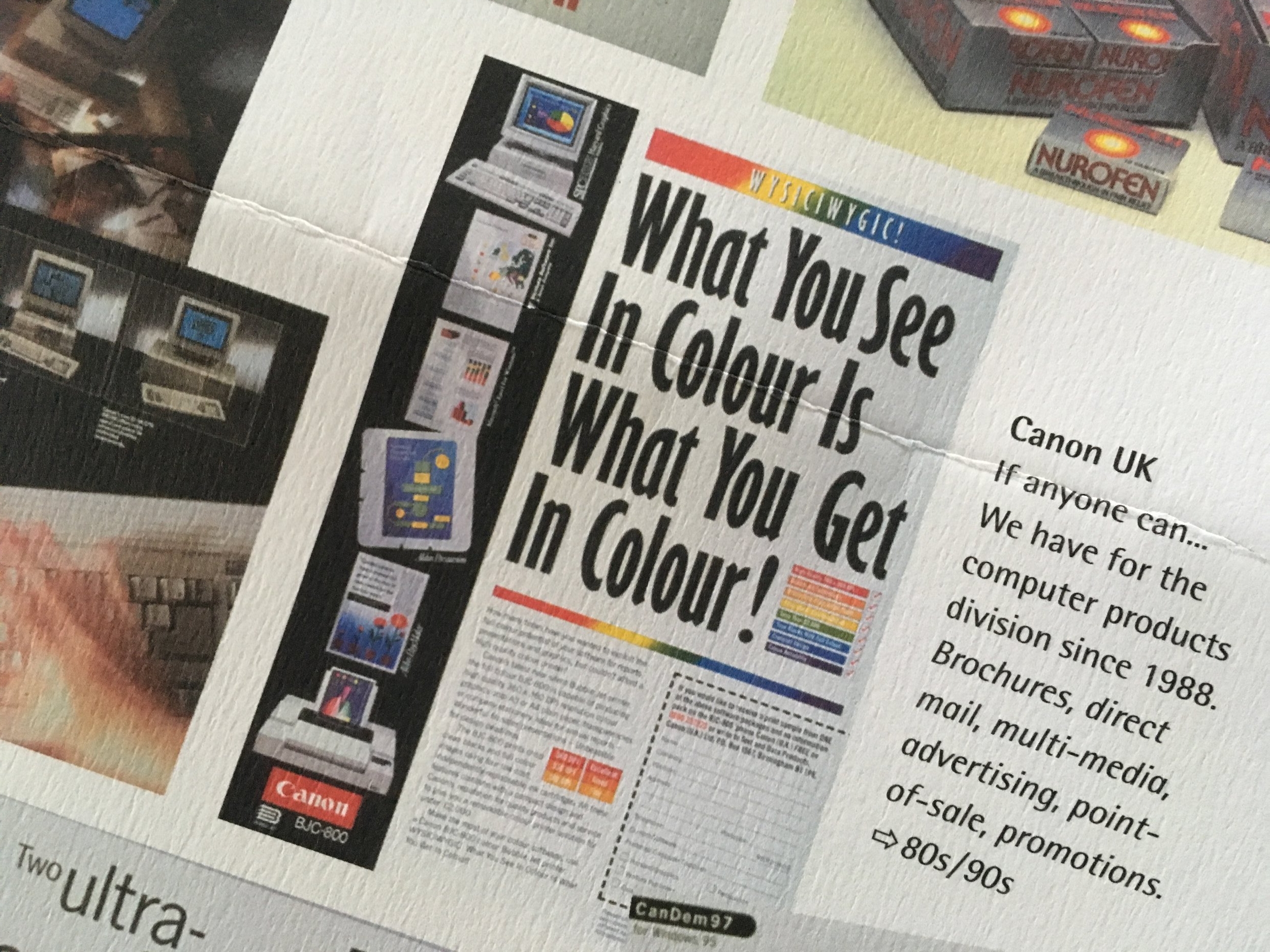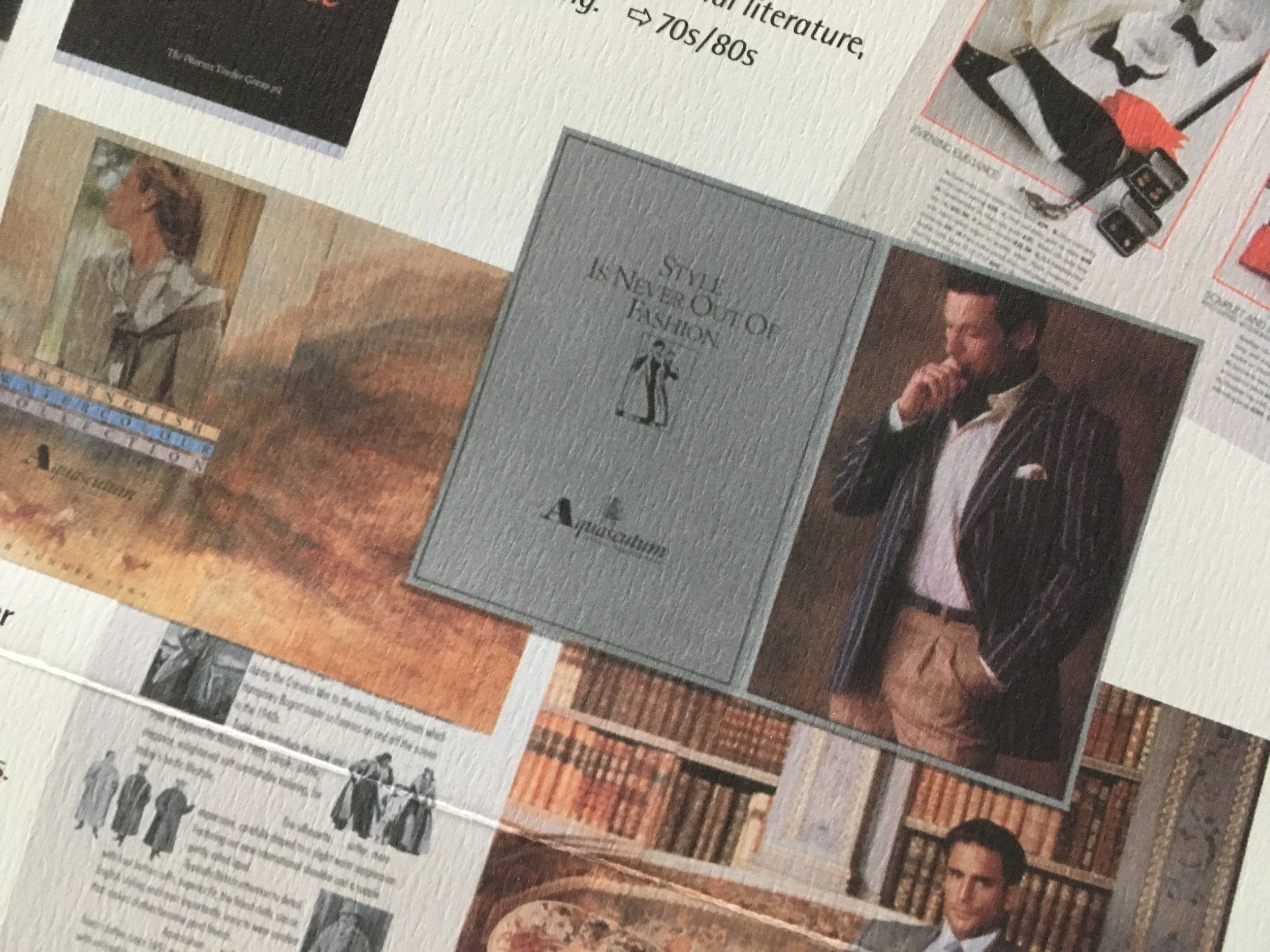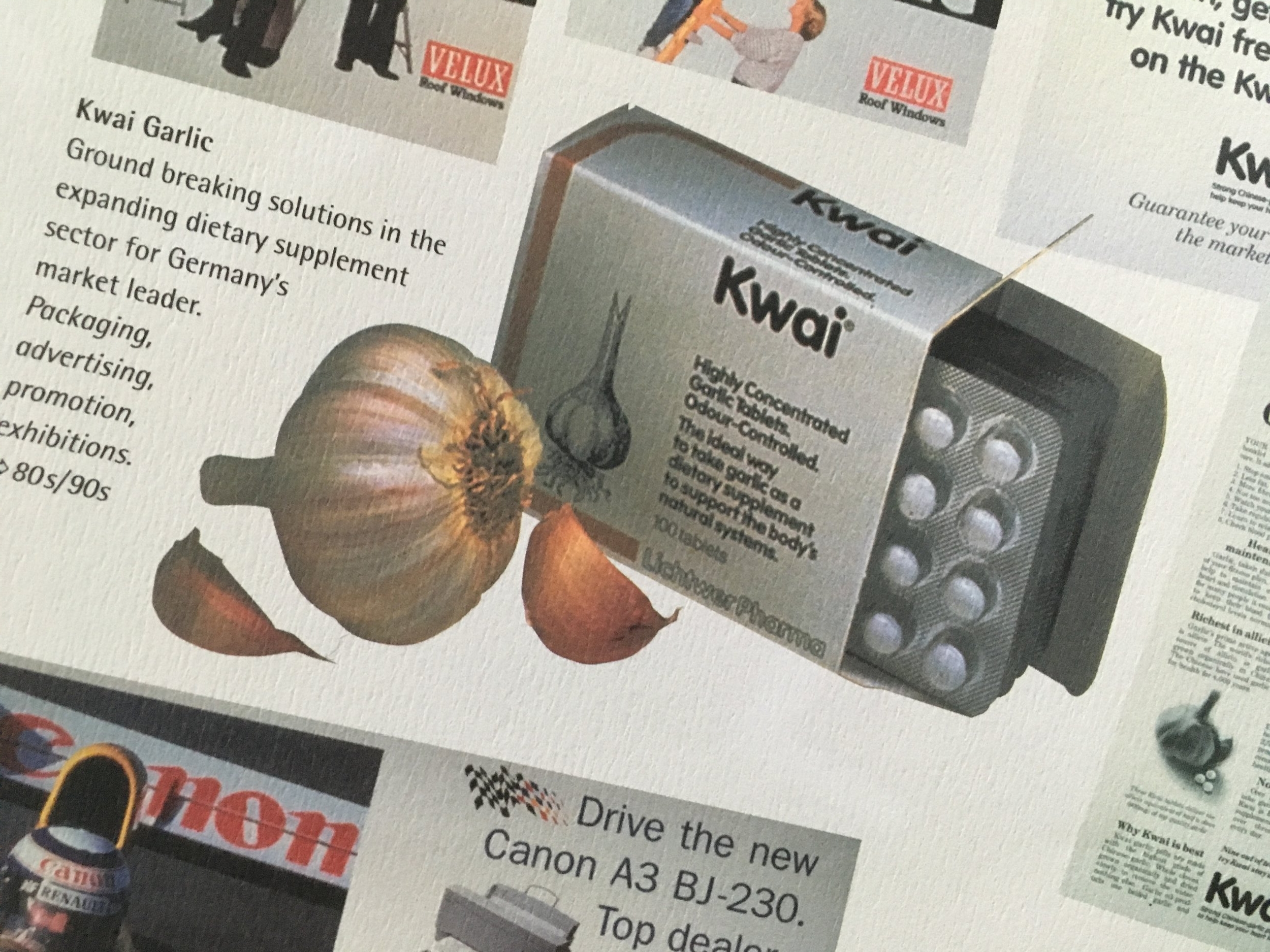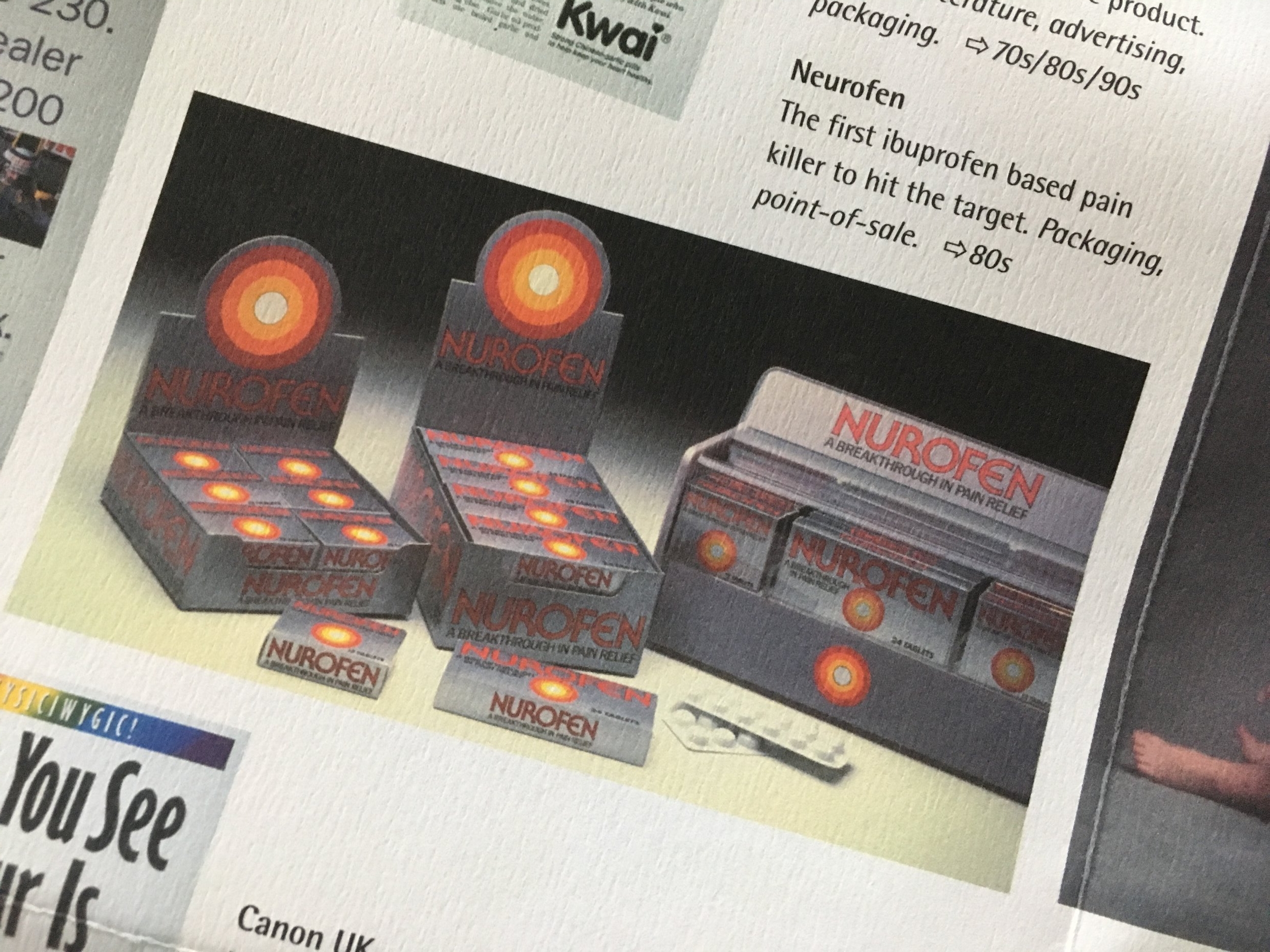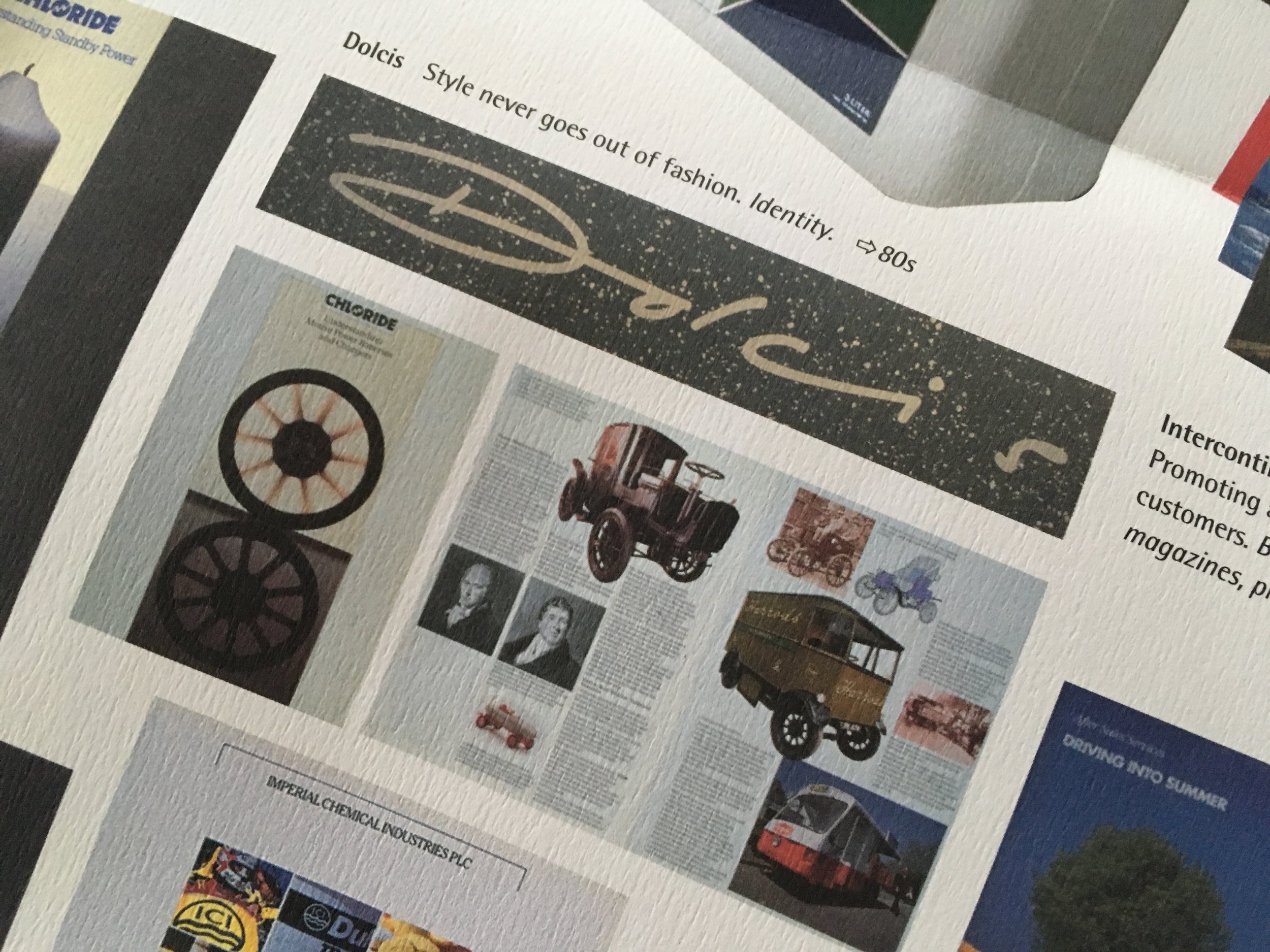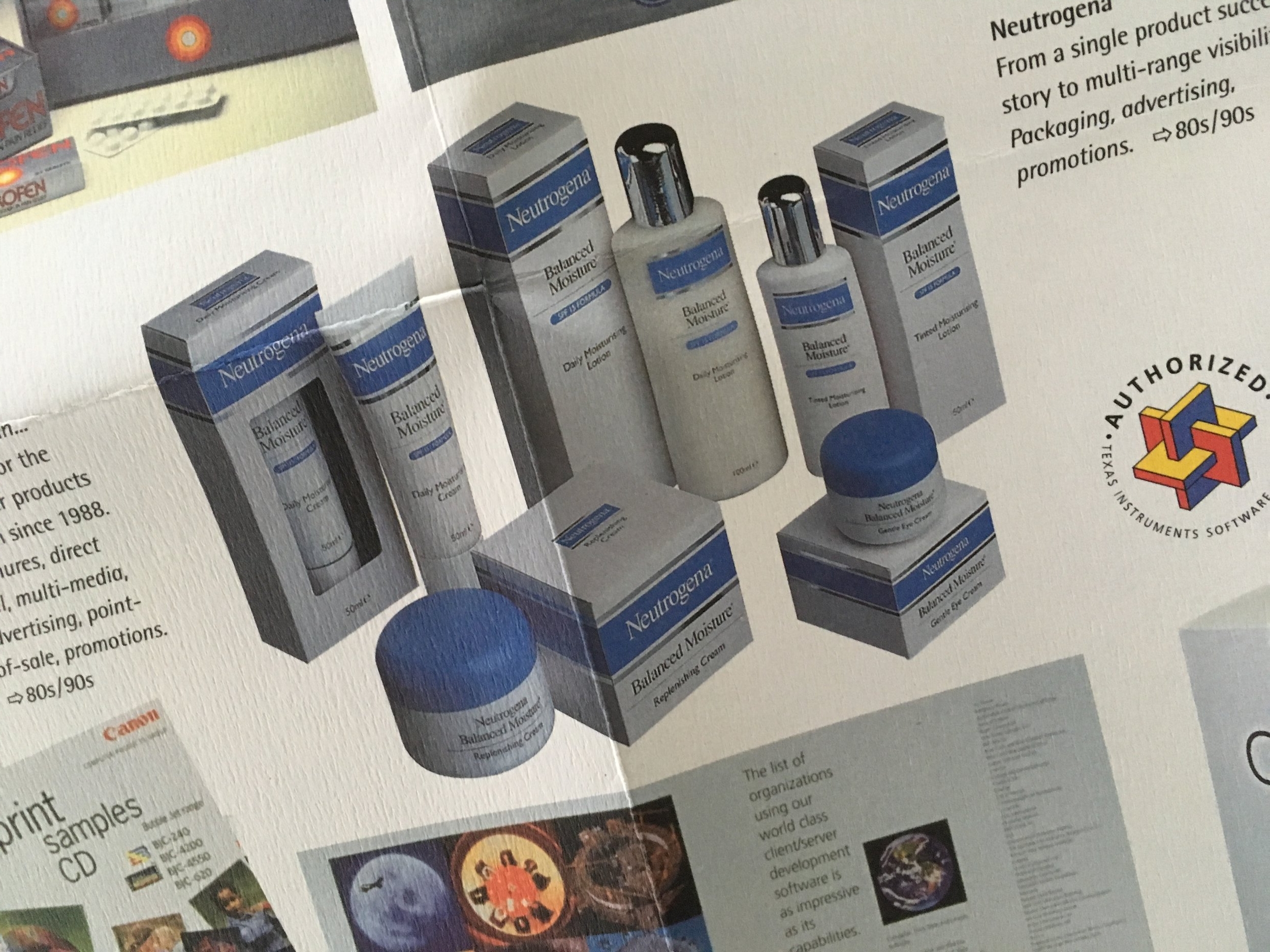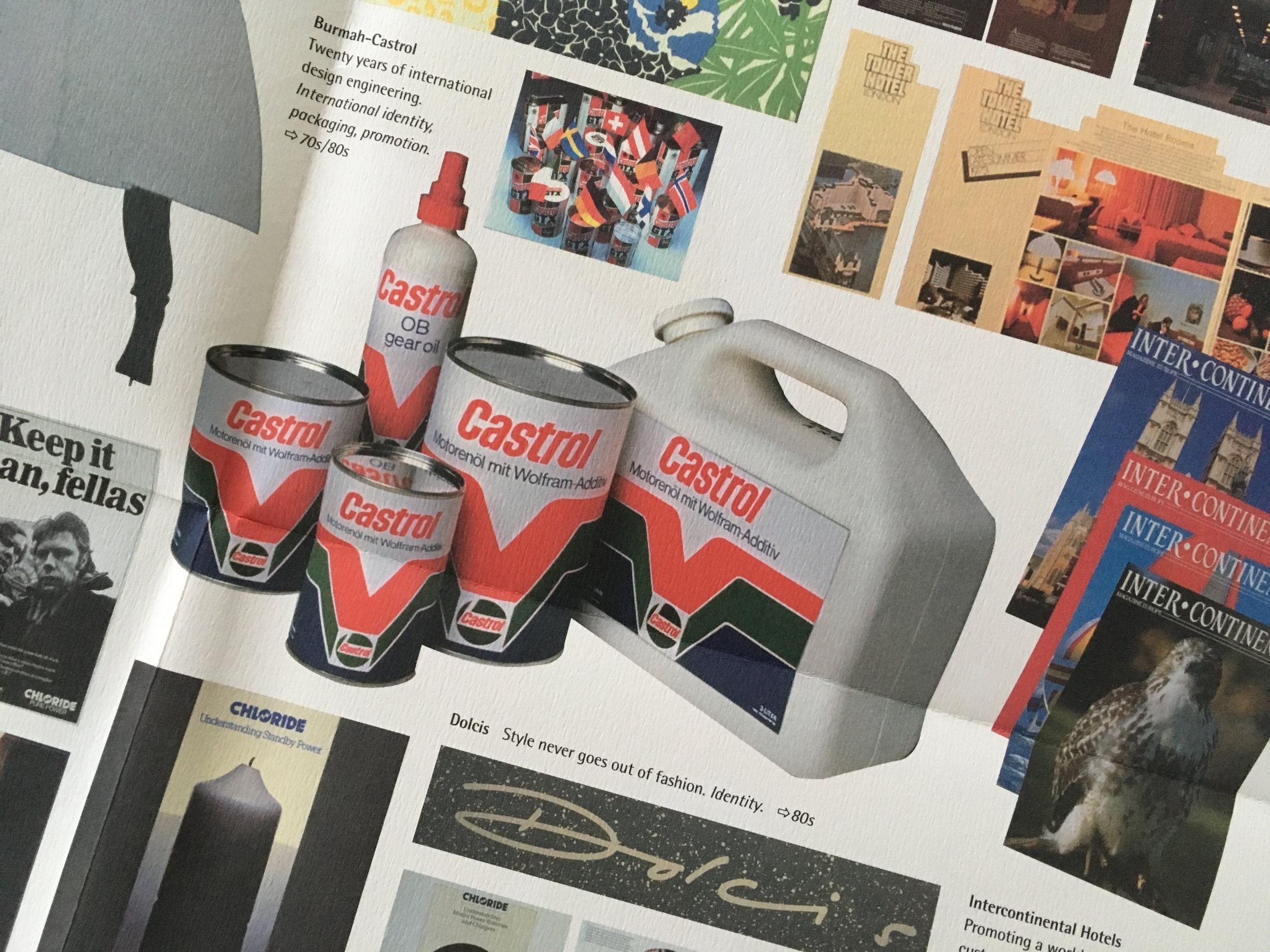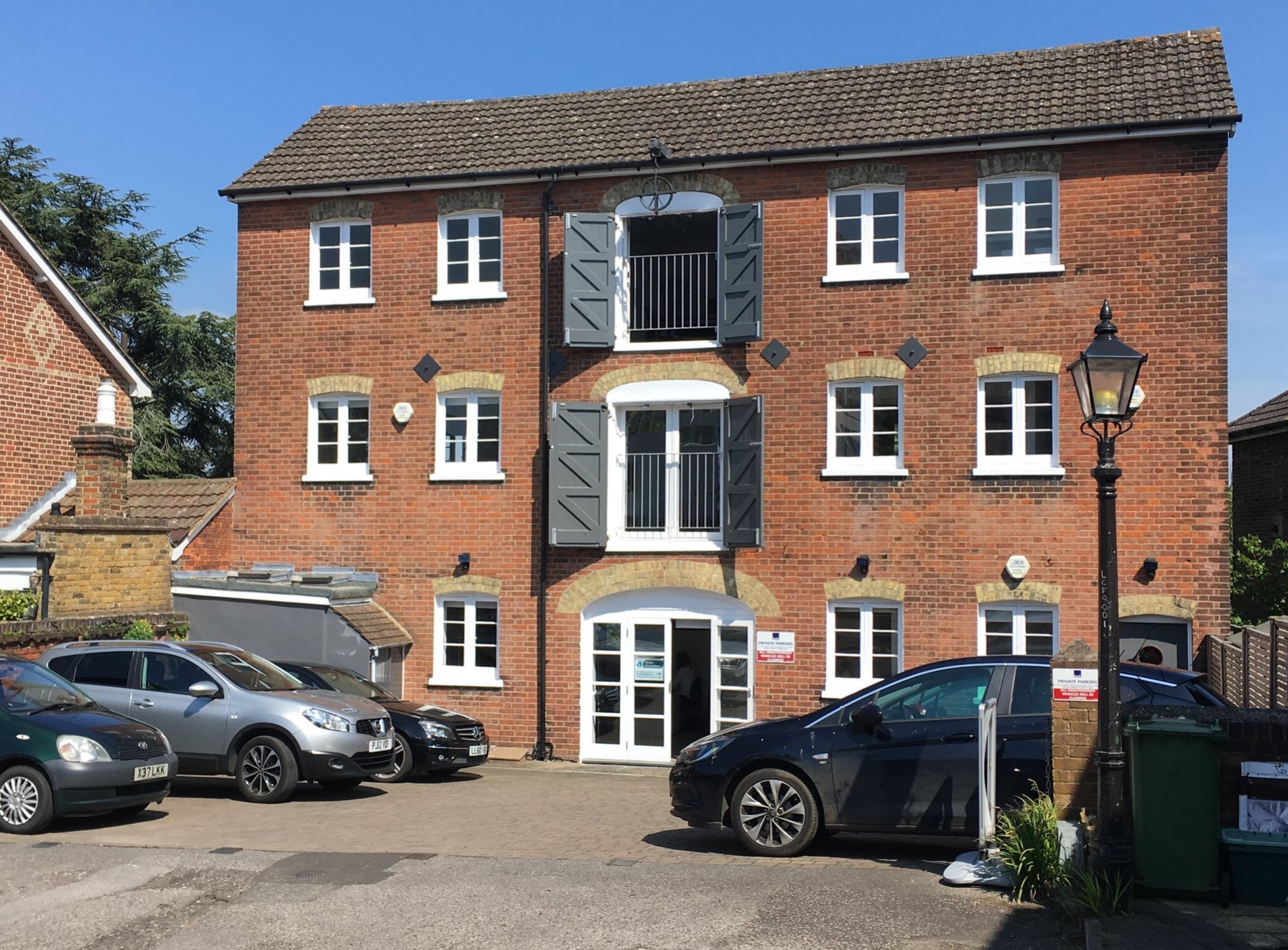Brand creation, design and development - Established 1957
Direct Design was established in London in November 1957 by John Diebel and Dick Chapman. It is one of the oldest design practices in the UK with over sixty years of expertise, and now operates from Tunbridge Wells in Kent. Gerry Diebel is the practice principal. The design world has changed considerably over the last sixty years and the business continues to respond and evolve with those opportunities, moving seamlessly from print-based media to incorporate web-based design and marketing.
We work closely on all our projects with business owners and marketers to build memorable brand identities with visual impact to influence your chosen market . We also collaborate in the process with other specialists including coders, photographers, writers and other designers to achieve the best results.
Together we can exchange ideas, build a branding strategy, and create a lasting identity for your business. To begin developing your brand and achieving your goals, contact us now.
1997 - poster celebrating 40 years
Design collaboration. A description of our working practice by Professor Lesley Millar.
All Transition and Influence linked websites have been designed by Gerry Diebel and his team at Direct Design. Such a simple statement to describe the complex work and relationship Direct Design have with all my projects. It would be no understatement to say that the input that Gerry and his team have into my projects is fundamental to the ways in which the project will be realised. I realise that this is very unusual and I used the working relationship I have with Direct Design as an example of 'collaboration' in the chapter I contributed to the book 'Collaboration Through Craft', an extract of which follows:
"A true collaboration requires a different approach based on mutuality of benefit from the process and the outcome; a willingness to ‘let go’ of ownership and to share and act on one another’s ideas. However, relationships can change over time, and a fellow team member may become a collaborator. As an example of such a transition, I will discuss my working relationship with my designer Gerry Diebel, director of Direct Design, which I believe fulfils all the criteria of creative collaboration rather than teamwork.
The root of our fifteen-year relationship was very pragmatic — he had the graphic skills I needed to produce high-quality support material. Over the years, we have worked more closely together. He is a commercial designer, highly focused on the needs of his clients within their given marketplace. His interpretive skills in ‘branding’ my ideas have become crucial in my understanding of what I want to do and how it will develop. I need the sharp sensibility he brings, asking me to define the essence of a project in ways that can be translated into a visual tool of communication. To achieve this, I must continually refine my ideas. Once we have identified these visual tools, I reach the clarity of vision I can apply to the development of the project.
Together we decide on the title and the associated visual development through signs and symbols or typography. Examples are the mentoring collaboration project ‘Through the Surface’, which incorporates the symbol of wavy lines, and ‘Textural Space’, which relies on the perfect marriage between typography and a graphic device to create the feeling of space. Both were award winners. Our collaboration has had a significant effect on how we work. It is organic, creative, pragmatic, institutional and mutually supportive, and it could only be possible through the slow accumulation of trust and respect."
